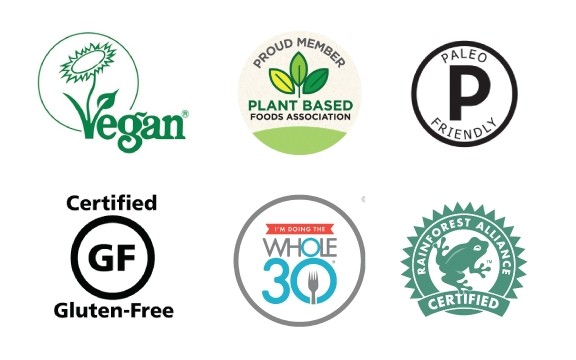Paleo
Those on a Paleo diet strive to eat more like paleolithic humans. Depending on who you’re talking to this might mean wild harvesting and growing all your own or simply following guidelines to eat in a way that mimics how our ancestors have eaten. This blog is referring to the modern Paleo diet that mimics traditional diets.
The basic premise of a modern Paleo diet is to avoid processed, refined and highly modified foods. Meat, fish, seafood, eggs, vegetables, fruits, nuts, seeds, herbs, spices and healthful oils like olive, walnut, flaxseed, avocado and coconut oil are all on the Paleo menu. Paleo eaters avoid processed foods, cereal grains, legumes, potatoes, dairy, refined sugar, refined vegetable oils, and salt.
The Paleo diet includes a lot of nutrient dense foods and excludes inflammatory foods. Desired outcomes of the Paleo diet include the following: feed your DNA, improve nutrient density, focus on healthy foods instead of macronutrients, stop cravings, reduce dips in energy, eat more natural and plant based foods, improve nutrient ratios include fatty acids, improve your body’s PH, eliminate anti-nutrients such as saponins and lectins.
Keto or Low Carb
Keto is another diet that goes against the grain. We’ve been told that eating a lot of fats is terrible for us, but the Keto, or low carb diet, entails eating less carbohydrates and replacing them with more high-quality fats. This means drastically limiting sugar and starchy foods compared to a standard American diet. The whole idea is to get the body to go into Ketosis, a metabolic state in which fats are used as energy instead of starch and sugar. There are various ways to approach this diet, but one way to quantify it is a diet consisting of 75% fat, 20% protein and 5% carbs.
Starchy foods include grains, beans, legumes, starchy vegetables. Sugar include most fruits. This means limiting items such as bread, pasta, rice, potatoes, corn, carrots, bananas, pineapples, papaya, apples, oranges, and other sweet fruits, dried fruit, fruit syrups, maple syrup, agave, or honey.
On a Keto diet one can eat generous amounts of the following: meat of all kinds, eggs, natural fats, and vegetables growing above the ground. Butter, olive oil, lard, bacon, cheese, avocado, olives, cauliflower, broccoli and greens are all on the menu. Low-carb nuts include pecans, brazil nuts and macadamia nuts.
Research is showing that the Keto diet may be more effective than a restricted fat diet in helping people lose weight. Benefits of the Keto diet include lower blood sugar levels and improved insulin sensitivity. Overall, a Keto diet may be helpful for diabetes.
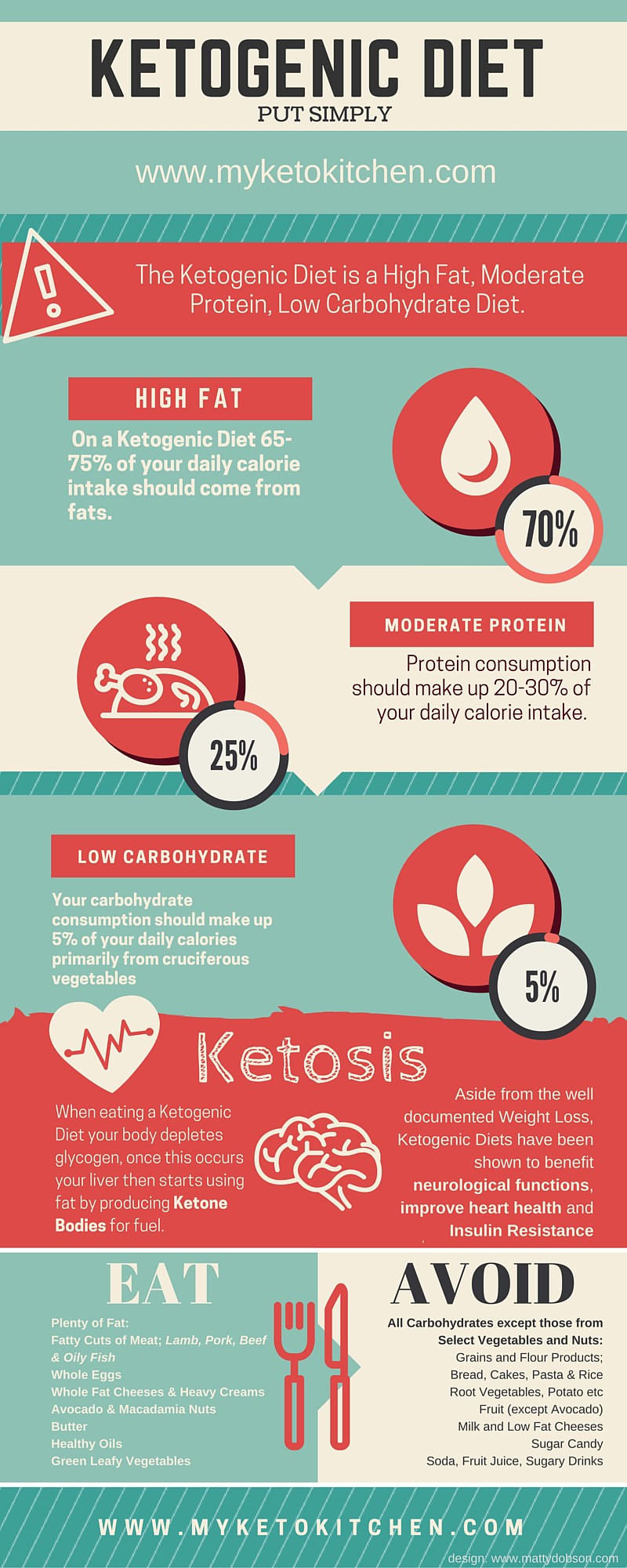
Infographic by MyKetoKitchen.com
Whole30
The Whole30 program and movement is all about eating real foods for 30 days straight to develop good habits. It is done in a community format. To take on Whole30 one must avoid the following for 30 days:
Added sugar, real or artificial
Alcohol in any form (and ideally tobacco)
Grains
Legumes
Dairy
Carrageenan, MSG, and sulfites
Any weight scale
Baked goods, junk food or treats with “approved ingredients”
The last item on the list includes pancakes, waffles, bread, tortillas, biscuits, muffins, cupcakes, cookies, brownies, cereal, ice cream or any other food that makes the individual feel out of control.
Exceptions to the above list include ghee (clarified butter), fruit juice, certain legumes (green beans, sugar snap peas, and snow peas), vinegar and botanical extracts, coconut aminos, and salt.
During the Whole30 one is encouraged to make good food choices for 30 straight days to reset oneself. If you slip up and break the rules, you have to start anew – you’ve broken the reset and it’s back to day 1. The Whole30 is essentially an elimination diet protocol, which have been around for a long time and are still popular in practices like functional medicine.
Low FODMAP
The Low FODMAP diet can improve GI symptoms related to IBS like gas, bloating, pain, changes in bowl patterns. The Low FODMAP diet is an elimination diet during which high FODMAP foods are eliminated. FODMAPs are small chain carbohydrates that are often malabsorbed in the small intestine. By drastically decreasing the amount of FODMAPs in the diet, one can determine whether or not FODMAP rich foods cause GI symptoms in your body. After eliminated High FODMAP foods for a few weeks, you can figure out which foods disturb your digestion by reintroducing them one at a time. If you find a certain food really triggers you, you may want to eliminate it from your diet permanently.
Foods High in FodMaps
- Fruits
- Sweeteners
- Dairy Products
- Vegetables such as asparagus, broccoli, beetroot, cabbage, cauliflower, onions
- Legumes
- Grains like Wheat, Barley, Rye
- Beverages like beer, soft drinks with high-fructose corn syrup, milk
Foods included in Low-FODMAP Diet
- Meats, fish and eggs
- All fats and oils
- Most herbs and spices
- Fruits
- Sweeteners
- Dairy Products that are lactose free
- Vegetables: leafy greens, bell peppers, carrots, celery, cucumbers, sweet potatoes, tomatos and others.
Gluten Free
Gluten free has become wildly popular. While many people have taken gluten out of their diets due to sensitivity or allergy, many people are opting out by choice. For instance, in 2009-2010 the Mayo Clinic reported 44% of people on a gluten free diet didn’t have Celiac disease and in 2013-1014 it became 72%. People who choose to do Paleo, Keto and Whole30 diets, which all avoid cereal grains, are also eating gluten free.
People who choose to be gluten free, or at least avoid wheat, claim they feel better when they cut it out. Many people believe it’s not necessarily the grain that is bad, but that modern varietals are unhealthy. Most of the time, today’s wheat is bleached, refined, grown with pesticides, and genetically modified to increase yield and not nutrition value. One simple reason to avoid gluten is that if one is eating a lot of grains, it means one is eating less of other food groups. Lastly, refined grain can also spike insulin levels and harm digestion in those who are sensitive.
If you don’t have a problem with gluten, you may still be wondering what exactly a gluten free person can eat. Gluten free grains and flour subtitutes include gluten free oats, buckwheat, rice, quinoa, millet, amaranth, teff, sorghum, tapioca, cassava, chickpea flour, corn meal, almond meal, potato starch for flours and grains. However, many people with Celiac disease react to oats.
Glutinous foods include wheat, rye, barley, triticale and wheat varietals like spelt. The word ‘malt’ also indicates gluten in a product like beer with malts and malt vinegar.
Bread, Pizza, Burrito, Wraps, Cookies, Muffins... there are Gluten Free products for everything.
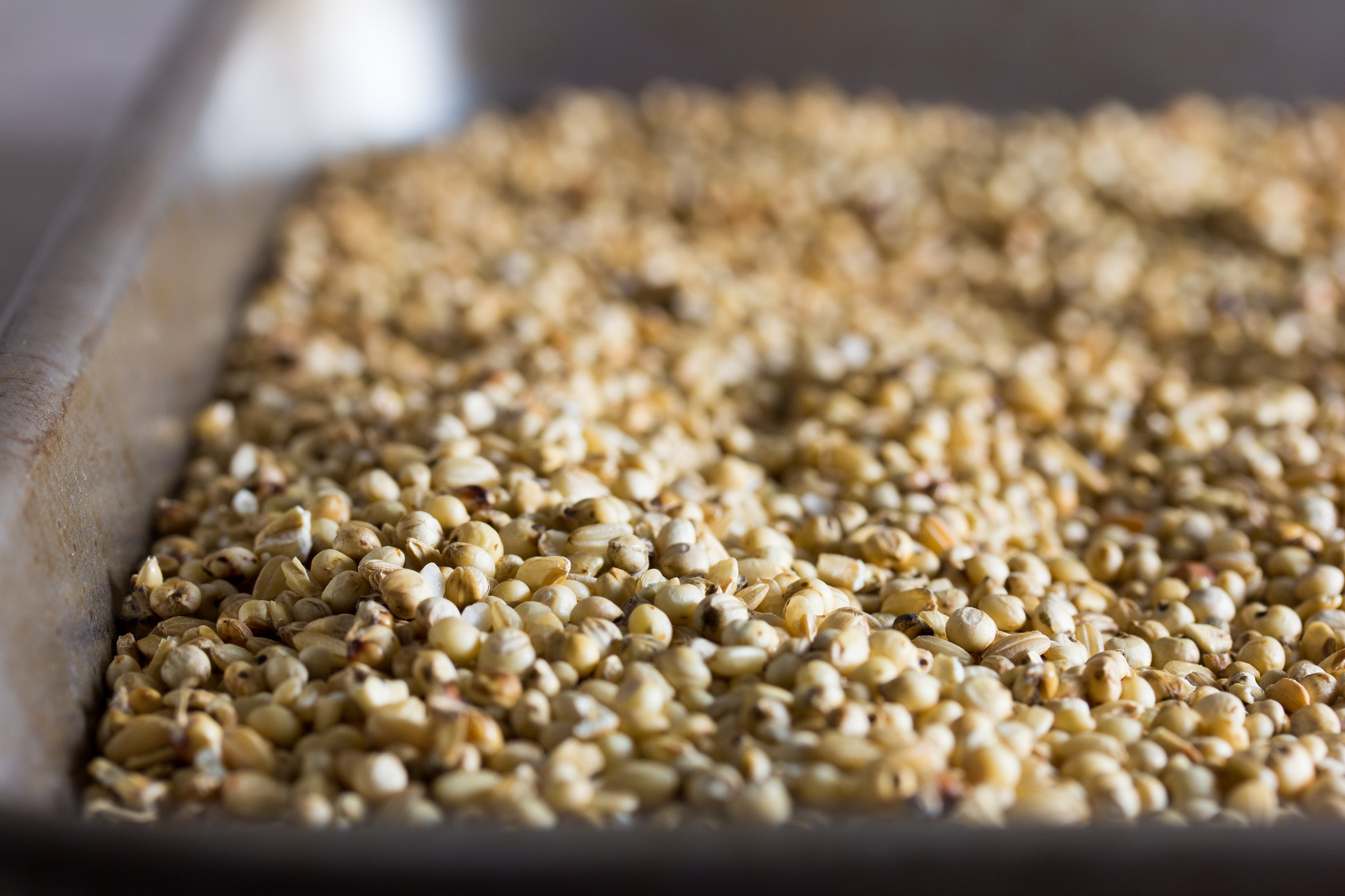
Gluten-free toasted grains - Sorghum, Brown Rice, Oats picture by www.foodcraftlab.com/ CC BY-SA 2.0 license
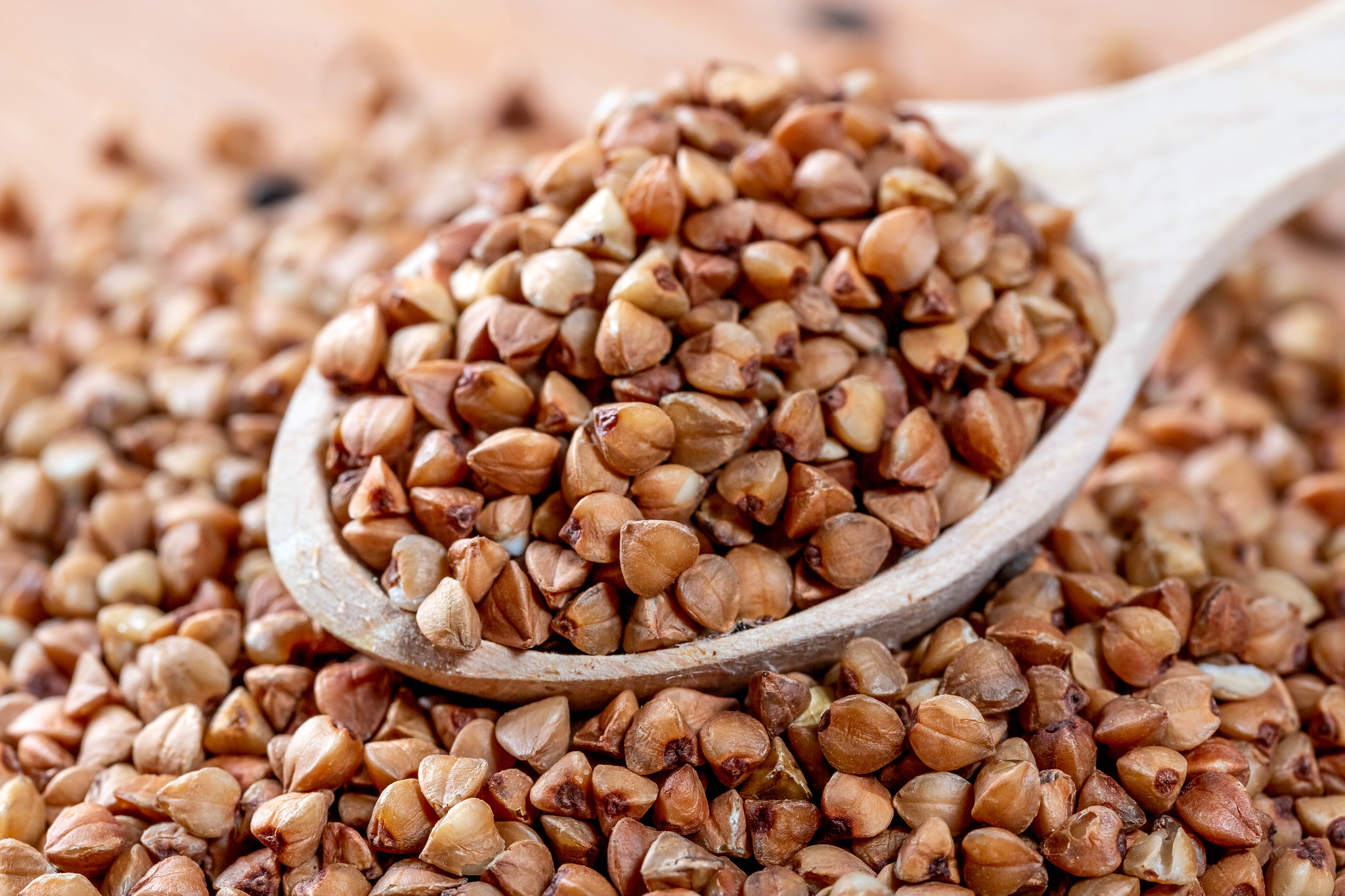
Image by Marco Verch is a Professional Photographer and Speaker from Cologne. original photo and the license.
Despite buckwheat being gluten free, many people are still saying it has gluten! Read more in this scholarly article.
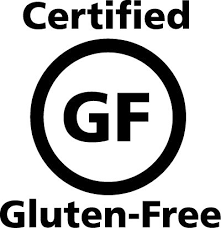
Vegan
Someone who is vegan does not eat animals or animal products. This means no meat, organ meats like liver, fish, insects, milk, eggs, butter, honey, or gelatin. Anything that is produced by or from the body of an animal is excluded from the diet, in comparison to a vegetarian diet which excludes eating any part of an animal but still includes animal products like milk and honey. A pescatarian is vegetarian who makes an exception for fish only.
The Vegan Society describes veganism as “a way of living which seeks to exclude, as far as is possible and practicable, all forms of exploitation of, and cruelty to, animals for food, clothing or any other purpose.”
Delicious cheese and meat alternatives have been create as a result of Vegan movements. Dairy substitutes like Myoko's or Daiya cheese also provide options for individuals with dairy allergies!
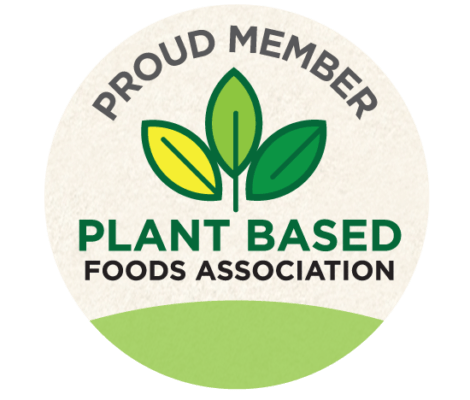
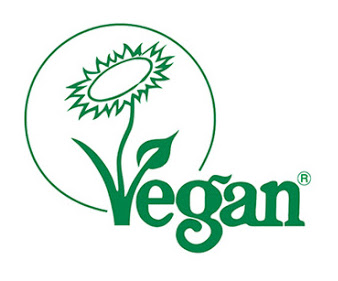
Trend of Eating Sustainably and Ethically
In addition to eating natural and organic to be healthier, there is a growing trend to make food choices based on perceived environmental impacts. Fair Trade and Rainforest Friendly are stamps of approval that are already common. Further examples are choosing to avoid almonds because of the impact on honeybees and water consumption, avoiding palm oil because of deforestation concerns, or eating as local as possible to minimize the amount of miles food has to travel in order to reach your plate. Some people will only eat meat from animals that they have personally caught or raised or from animals that are grass fed, free range and raised sustainably. There isn't a name for eating ethically and sustainably yet, but it might be coming.
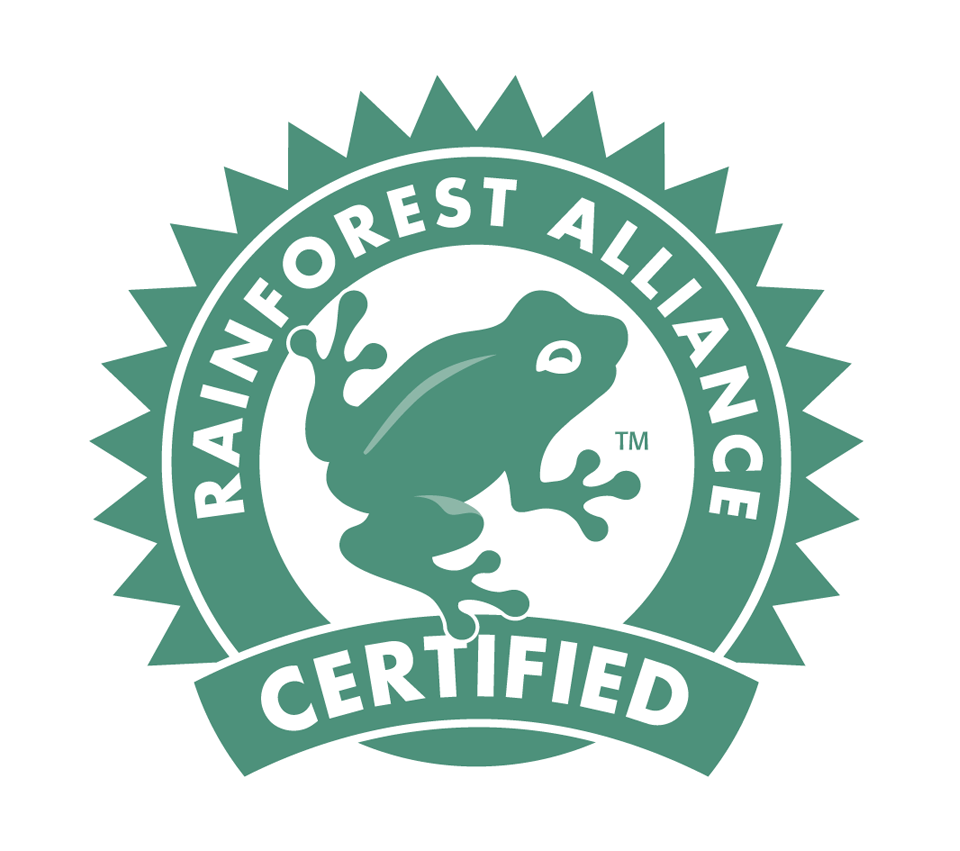
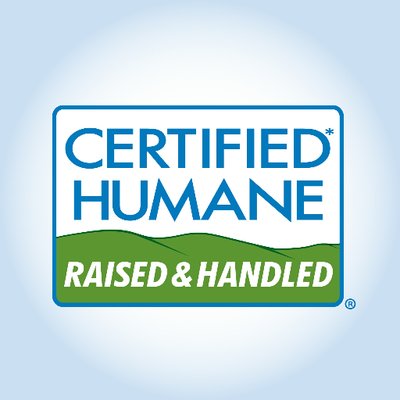
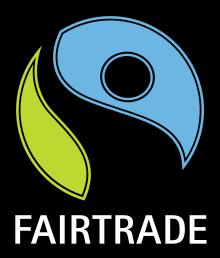
Sources
Saturni L, Gianna F, Bacchetti T. The Gluten-Free Diet: Safety and Nutritional Quality. Nutrients. 2010 Jan; 2(1): 16–34.
Healthline. 2018, November 9. FODMAP 101: A Detailed Beginner's Guide. Retrieved from https://www.healthline.com/nutrition/fodmaps-101#low-fodmap-diet.
The information provided on this site is intended for your general knowledge only and is not a substitute for professional medical advice or treatment for specific medical conditions. You should not use this information to diagnose or treat a health problem or disease without consulting with a qualified healthcare provider. Please consult your healthcare provider with any questions or concerns you may have regarding your condition.
